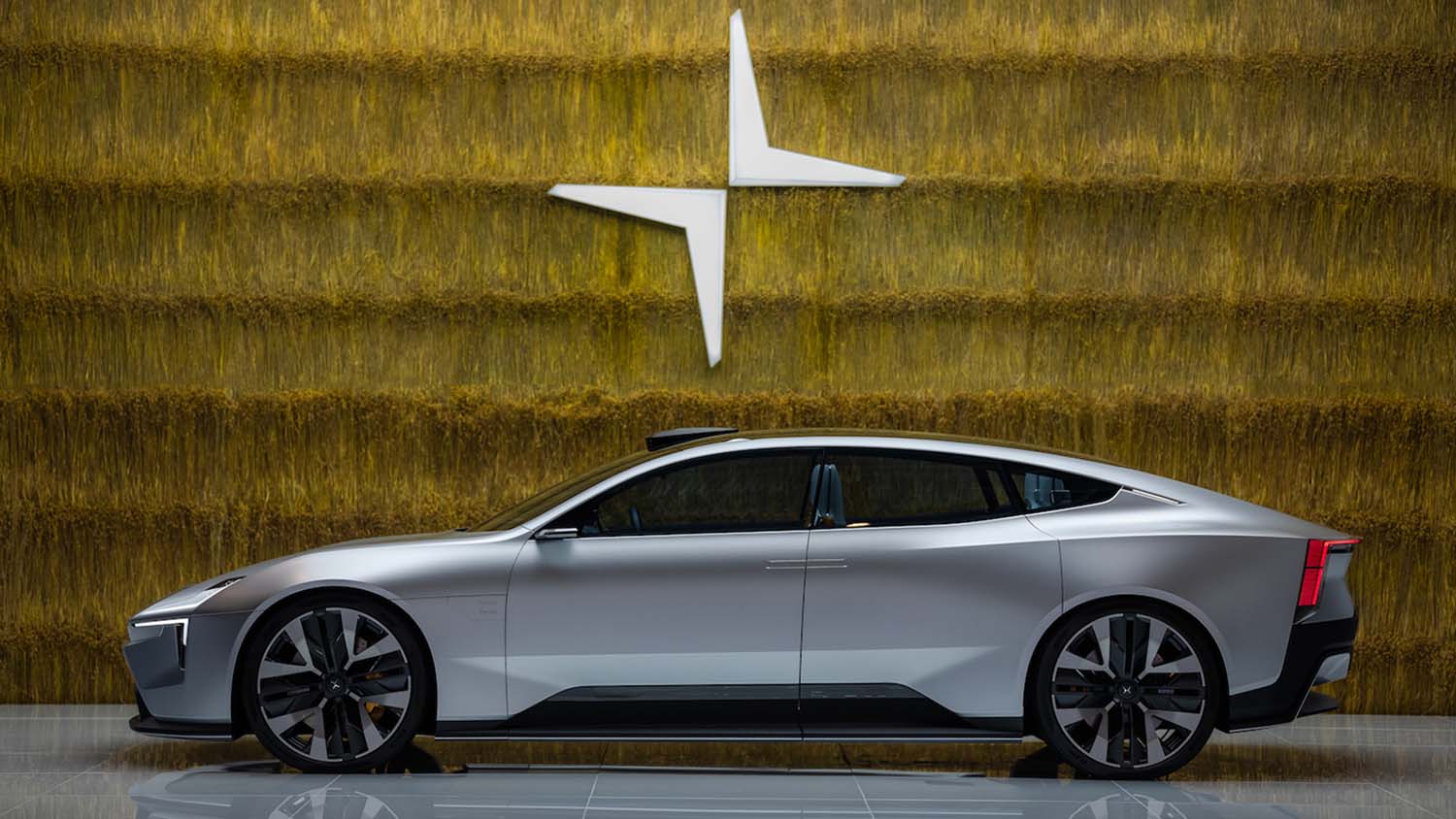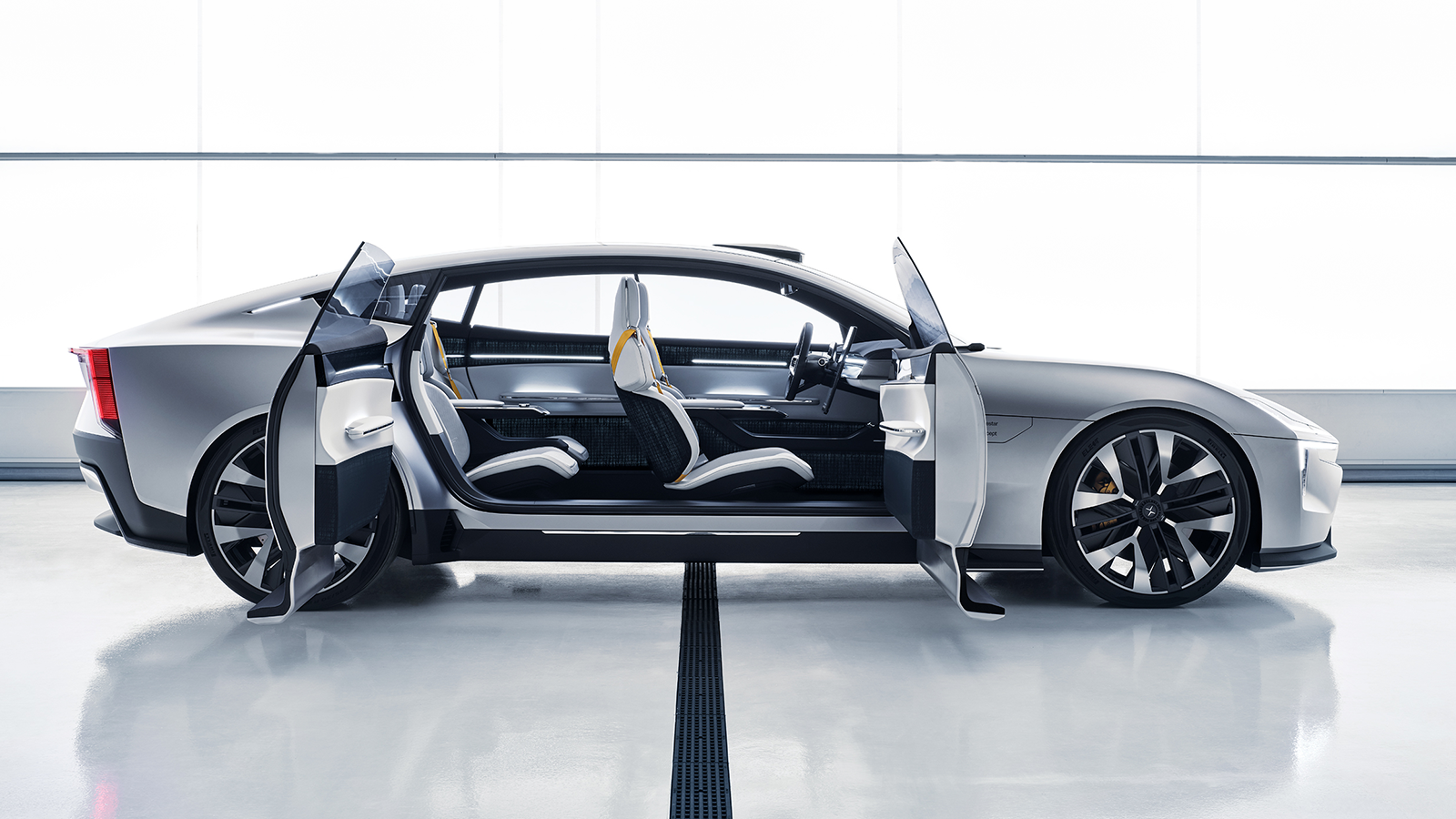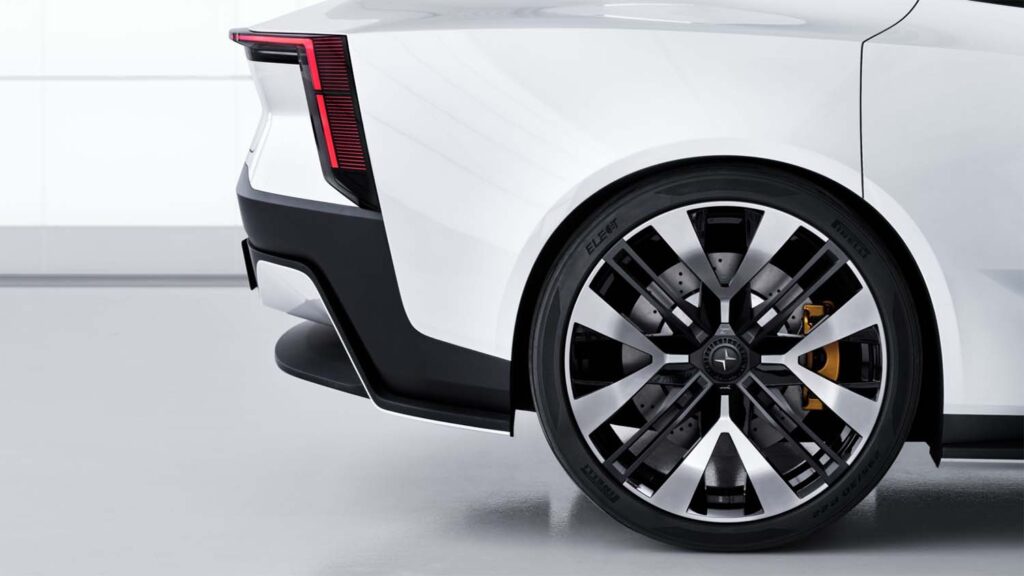Dassault Systèmes has announced today that Swedish electric performance car brand Polestar has selected Catia to support the design and development of all its future electric car models.
Launched in 2017, Polestar prides itself on being a sustainable brand in the automotive industry, which has faced increased scrutiny into its environmental credentials in recent years.
The automotive brand is owned by Volvo Cars (itself a long term Catia user) and, by extension, parent company Geely.

Dassault Systèmes suggests that the use of Catia will enable Polestar to accelerate the adoption of its vehicles while ensuring that they are ‘designed in a sustainable manner’.
Dassault Systèmes also stated that the use of Catia will provide Polestar with a dedicated solution for mechanical design to create, test and shape any kind of surface to ensure it meets Polestar’s high sustainability standards.
The solution will allow Polestar to develop its vehicle models faster, test them in the virtual world to reduce the need for physical prototypes, and ensure that Polestar’s fully electric vehicles provide the services its customers want.

“With our own high ambition to develop future electric cars, we see the need to work with the best-in-class design solution tools,” says Hans Pehrson, Head of R&D at Polestar. “To increase focus on sustainability, efficiency, battery development and other important areas is the only way to achieve a sustainable automotive industry.”
Editor’s note: This is also reason to celebrate that DS has, for the first time in many years, managed to issue a press release entirely free from 3DExperience hyperbole and focus on the task and toolset that the customer is using. Here’s hoping this is a new trend.






